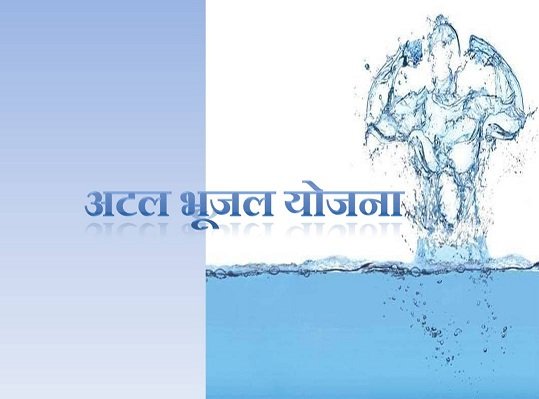Atal Bhujal Yojana 2020 Details Ministry, UPSC, Starting Date
Water scarcity is an alarming situation in the country. Experts suggest that the ground water levels are going down, and soon many cities will no longer have adequate water to meet the requirements of the residents. Environmentalists opine that it is high time that the government takes measures to implement ground water conservation strategies. In this line, the central government launched the Atal Bhujal Yojana. It not only sustains the ground water reserves but also maintains its quality. The scheme has been drafted by the central government, and has been approved by the World Bank. In this article, you will learn about the features in great detail.

| Name of the scheme | Atal Bhujal Yojana |
| Launched in | India |
| Launched by | Narendra Modi |
| Date of approval | 2016 – 2017 |
| Funded by | World Bank |
| Ministry | Ministry of Water Resources |
Key features of the scheme
- Creating awareness among the people – People are unaware of the present water condition in the country. Indiscriminate use of water resources has depleted the water level under the surface. It has started taking its toll. If nothing is done to reverse the situation, then India will face massive water shortage.
- Conservation of ground water – The primary focus of the project is to save or conserve ground water. It will require the assistance of engineers and scientists. Without adequate conservation of ground water level, it is impossible to meet the requirements of the people, living in the affected areas.
- Budget for the scheme – Ground water conservation is a task that requires huge sums of money. This scheme will need as much as Rs. 6000 crore for its successful implementation.
- Contribution ratio – The World Bank will offer 50% of the total budget of the scheme. It is the responsibly of the central government to arrange the remaining 50% of the budget to implement the scheme in pan-nation basis.
- Tenure of the scheme – The central government is hopeful that it will be able to reduce the issues till the end of 2023. Thus, the implementation of the project was official done in 2018 – 2019 and it will continue till the end of 2023.
- Number of districts included – The central government has its focus on around 78 districts. These areas suffer from water shortage, and require practical water management and sustenance measures.
- Number of gram panchayats included – Central reports suggest that the implementation will be done extensively in nearly 8350 Gram Panchayats, located in all parts of the nation.
- Stresses on the states – Some of the states are suffering due to lack of water resources. The scheme will put stress on these states, and try to improve the situation in these areas through ground water management. Haryana, Gujarat, Madhya Pradesh, Karnataka, Maharashtra, Uttar Pradesh, and Rajasthan are at the top of this list.
- Involving the community – It is impossible to implement this scheme successfully without the participation of people from all sections of the society. Thus, the state and central government will pave the path for the participation of the community to tackle the water shortage issue.
- Effective use of ground water – The central government, along with the assistance of community participation will teach the people about the effective use of water. It can augment the scope of ground water usage.
- Reduce water wastage – Another crucial feature of this scheme is to make people aware of water wastage. Once they gather information about this, they will be able to embrace the necessary steps, which will allow them to cut down water wastage. It will help in the conservation of ground water.
Environmental experts have been urging the central government to make necessary amendments, which will pave the path for ground water conservation. Though the situation is almost at the brink, it is still possible to make positive changes. For this, the people need to work with the government, and make the scheme successful.
Other Scheme